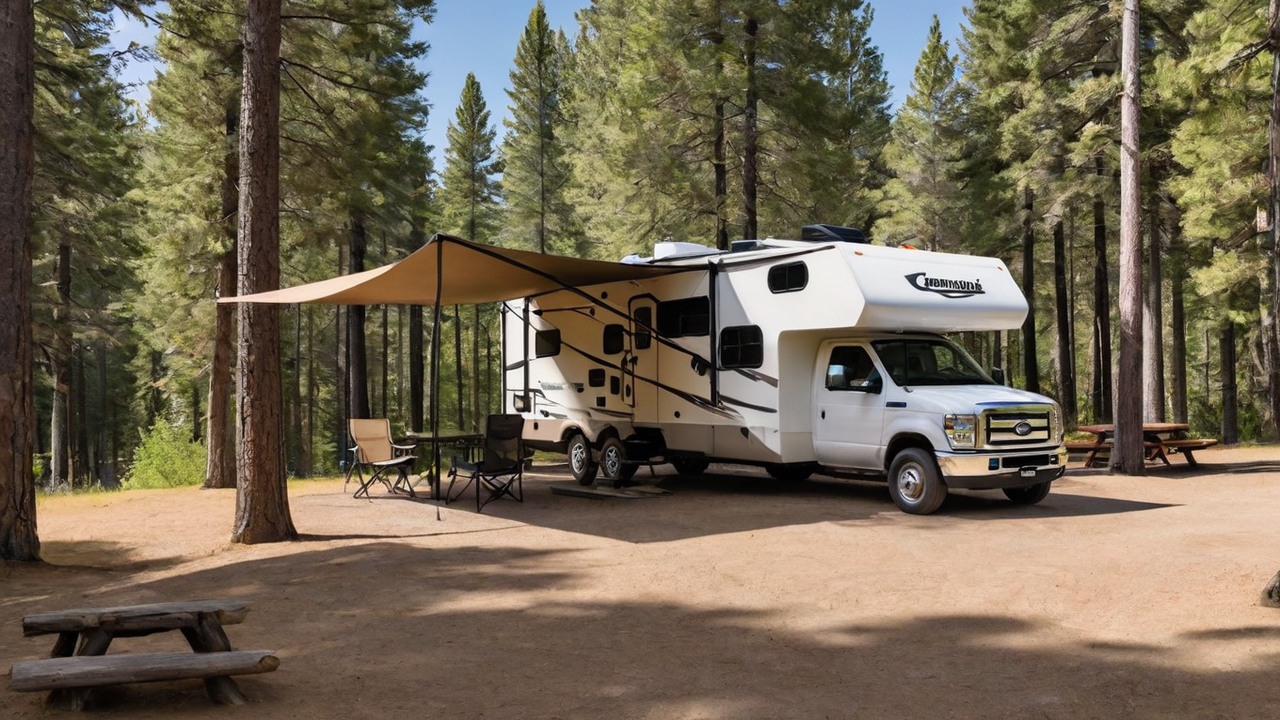Designing the Supreme User Interface: Designing Principles for Campground Programs
Designing the Supreme User Interface: Designing Principles for Campground Programs
Blog Article

Comprehending Your Users
Knowing which your target users is essential in crafting an efficient user experience. It's crucial to consider their requirements, preferences, and technology savviness. Such insight directs the designing decision, guaranteeing that the program is accessible and intuitive.
Knowing your users also implies recognizing the difficulties and how they intend to utilize the camping software. This allows designers to customize features and capabilities that meet specific needs, thus making the software not only helpful but also indispensable.
Streamlining the Navigation
Streamlining the navigation system is a key element of interface design. An intuitive menu system ensures visitors can easily find what they're searching for, reducing frustration and enhancing user satisfaction. It's about making the journey inside the app as seamless as possible.
Moreover, effective navigation guides users throughout the software, emphasizing features and capabilities that they otherwise miss. This an strategy not only boosts usability but also promotes deeper engagement with the campground software's full range of capabilities.
Integrating High Quality Graphics
Graphics play an vital role in making an appealing UI. They aid in breaking up text and can convey functions more efficiently than words alone. Selecting the appropriate images, symbols, and color schemes can improve the overall aesthetic of the application, making it more attractive to your eye.
Moreover, visual consistency is crucial for establishing brand identity and trust amongst your users. Each element ought to be in harmony with the brand’s principles and the message of your application, creating a seamless experience that is both professional and welcoming.
Improving the Responsiveness
In today’s online world, people expect campground software to be fully responsive on every devices, from desktops to mobile phones. An adaptive design guarantees that no matter of the device size, the application delivers an optimal experience. It not only improves accessibility but also caters directly to your audience's mobile lifestyle.
Furthermore, improving your software’s responsiveness can also lead in better performance, minimizing the loading time and preventing frustration. Users value a speedy and efficient experience when accessing camping applications, and this makes performance a crucial element in satisfaction levels.
Enhancing the Search
Finding data swiftly is fundamental in any kind of software, especially in campground management. Enhancing your search feature allows users to easily locate exactly what they're searching for, which in turn boosts user experience and efficiency. By incorporating intelligent search features, you can minimize user frustration and increase overall satisfaction.
Additionally, sophisticated search features such as filtering options and tags can help in narrowing down results, making the process more effective. Introducing these functionalities demonstrates a understanding of the users' needs and a commitment to making their experience with your campground system as seamless and effective as possible.
Focusing on User Security
Protecting user information is a top priority when it comes to designing campground software. Users want to feel safe when inputting their personal data. Guaranteeing strong security protocols not only secures their information but likewise builds a sense of trust between your customer and your company.
In addition to standard protections like passwords and encryption, consider adding advanced security measures such as two-factor authentication or biometric verification. These features provide an extra layer of security, ensuring that user data is kept safe from unauthorized access.
Leveraging Feedback
Feedback is vital for ongoing improvement of the campground software. It allows developers to understand what is working, what doesn’t work, and how their application can be enhanced to better meet the user’s expectations. Actively seeking this type of feedback establishes an open dialogue between your users and the team, making them feel they are part of your software’s evolution.
Using this feedback wisely can result in tangible improvements in user interface design and overall user experience. Making changes based on user input demonstrates that your company cares about its users and is committed to providing a high-quality experience.
Keeping the Simplicity
Among design, simplicity is key. A overly complex UI can confuse users, leading in a poor user experience. Keeping things simple, on the other hand, helps the software easier to understand and navigate. This encourages greater engagement and satisfaction levels.
Additionally, maintaining simplicity should apply to your software’s content and functionality. Avoid unnecessary features that do not contribute real value can ensure that your UI remains uncluttered and focuses check it out on the essential needs of the end-users. By, you create a more streamlined and effective UX that resonates with your audience.
Report this page